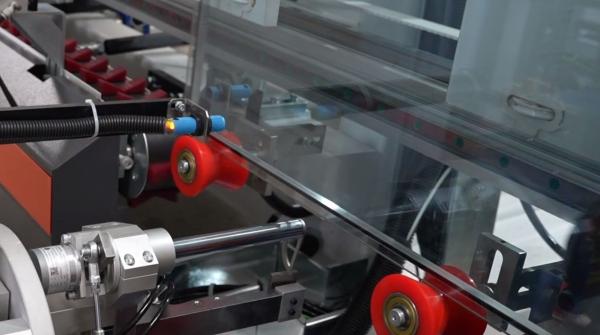How to judge the degree of glass tempering?

Observe the appearance
Stress spots: During the production of tempered glass, stress is generated, resulting in the formation of stress spots on the glass surface. When observed at a specific angle, tempered glass with obvious stress spots may have a higher degree of tempering. However, the obviousness of stress spots is also affected by factors such as the production process and glass thickness.
Flatness: Generally speaking, glass with a higher degree of tempering has relatively poor flatness and may have slight bumps or deformations. This is because the thermal stress during the tempering process causes certain undulations on the glass surface.
Conduct physical tests
Hardness test: Use an object with high hardness, such as a steel nail or a hardness test pen, to gently scratch an inconspicuous part of the glass. Tempered glass has a high hardness and is not likely to show obvious scratches, while non-tempered glass may leave deeper marks. However, this method may cause damage to the glass and is only suitable for small-area testing.
Breaking test: This is a destructive testing method and is only applicable to sample glass. After breaking the glass, observe the shape of the fragments. Tempered glass will break into uniform small particles with rounded edges, which are less likely to cause injury; while non-tempered glass will break into sharp large fragments.
 en
en Spanish
Spanish Russian
Russian Arabic
Arabic Portuguese
Portuguese Italian
Italian French
French Turkish
Turkish Vietnamese
Vietnamese Thai
Thai






